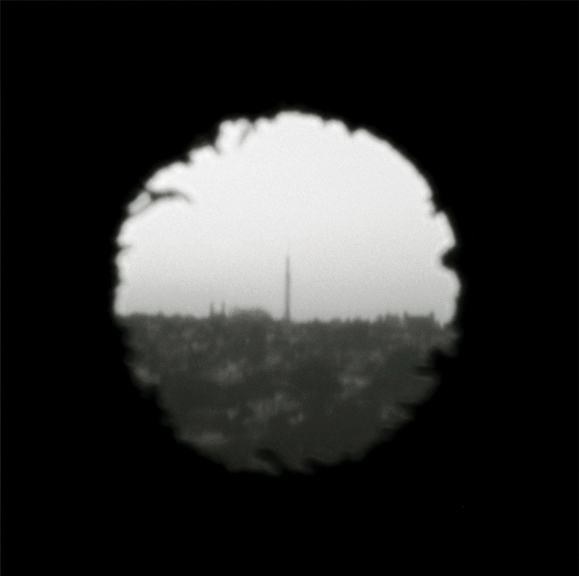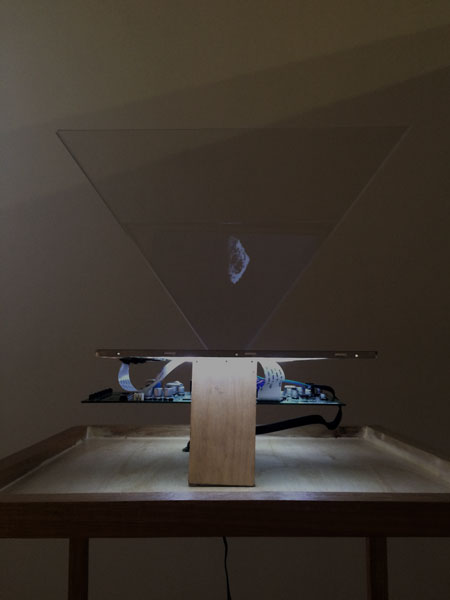



Tomie Ohtake – São Paulo, Brazil, 2016
Curated by Paulo Miyada
25 November to 14 February 2016
Organized by the Tomie Ohtake Institute and conceived by its curator Paulo Miyada, Arte e Ciência - We between the extremes proposes that the public can review art through the eyes of science and expand its relationship with science through art. The exhibition also celebrates the 50th anniversary of the Aché Laboratory, the main responsible for the existence of the Tomie Ohtake Institute, by giving up the ample space for the operation of its headquarters. The cultural center, since its foundation 15 years ago, is part of an innovative complex, built by the pharmaceutical company, which promotes the coexistence between culture, work and leisure - Aché Cultural -, located between Faria Lima, Pedroso de Morais and Coropés , in Pinheiros, in the capital of São Paulo.
With 35 works by 16 artists, the exhibition seeks to place the viewer's thoughts on a more abstract plane, of what we know, but we are unable to capture with our senses, either by the incalculable greatness or by the smallest and most transparent dimension. “This exhibition is precisely an essay on how art can pave the way for thinking about a much broader universe (macro and micro) than we usually perceive, making palpable for the viewer a part of the field in which science today is waging its most decisive battles, ”explains the curator.
According to the curator, if we think pragmatically, we can learn what a light year is, but we do not understand this scale; we know that the Grand Canyon was sculpted by the forces of nature, but it is too slow to keep up with; we think of microbes and enjoy countless substances that intervene in our molecular balance, but we don't see any of that happening. “Our thinking is broader and more precise than our senses, and what art and other human activities do is precisely to expand the field of the sensitive, to make it possible to be together with dimensions, scales and complexities that objective knowledge cannot transport”, completes Miyada.
(...)
In “The images of the world”, the contribution of science to reveal an expanded notion of the landscape, which encompasses the world beyond the immediate experience of the human environment, stands out. The impact of these technical images on the imagery of the micro and macrocosm reverberate in works such as P3R6V (2014), Zona de conflict II (2014) and Cruzeiro do Sul and the Caminho de Leite at 23 ° 33'22''S 46 ° 41'27 '' (2015) by Tiago Tebet, Untitled (1994) and Untitled (1996) by Tomie Ohtake, El Sol (part II) (2014) by Elen Gruber, Hologram Study (2015) and Instant Sequence 1 +3 (2009) by Leticia Ramos.
